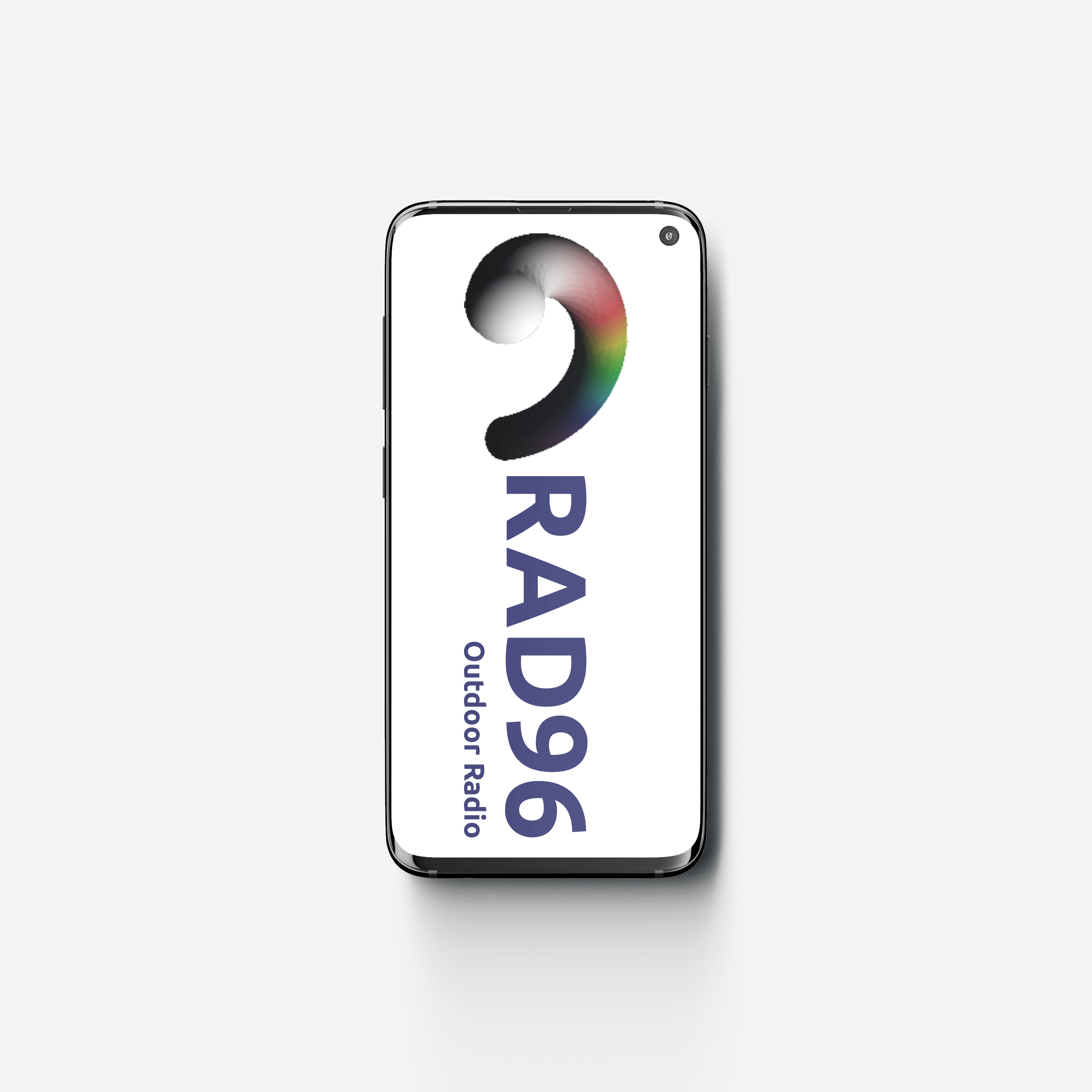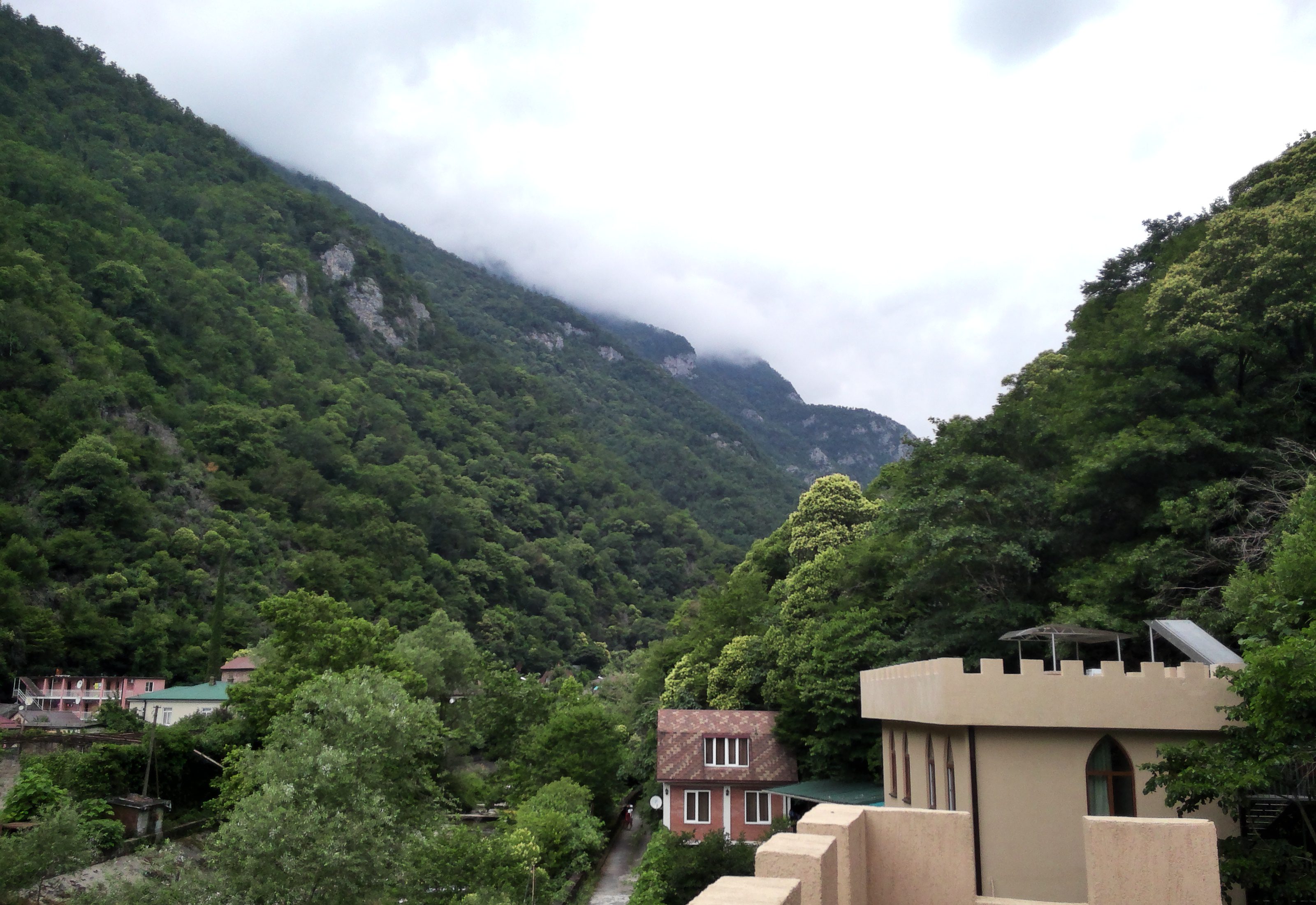Download Compositor Applications for FREE (Android only) Compositor Software announcing a huge business update! From now on all Android applications are available for free. You can get such titles as RAD96, RTC4k, AVOX, SAS24P3L for Android platform absolutely free of charge. Just go to Google Play Market and download the applications. You can find the links to applications below: https://play.google.com/store/apps/details?id=com.compositorsoftware.rad96mobile…


